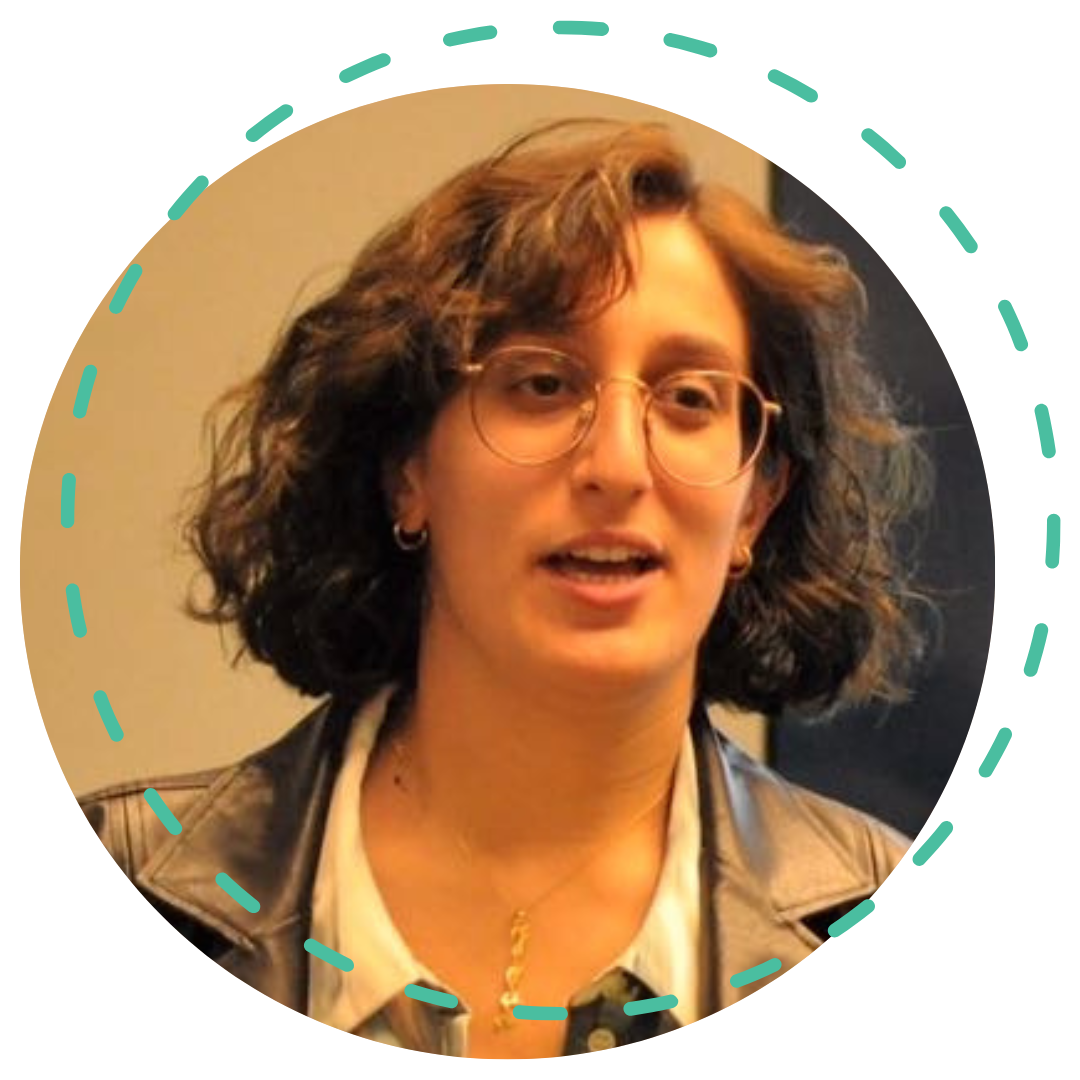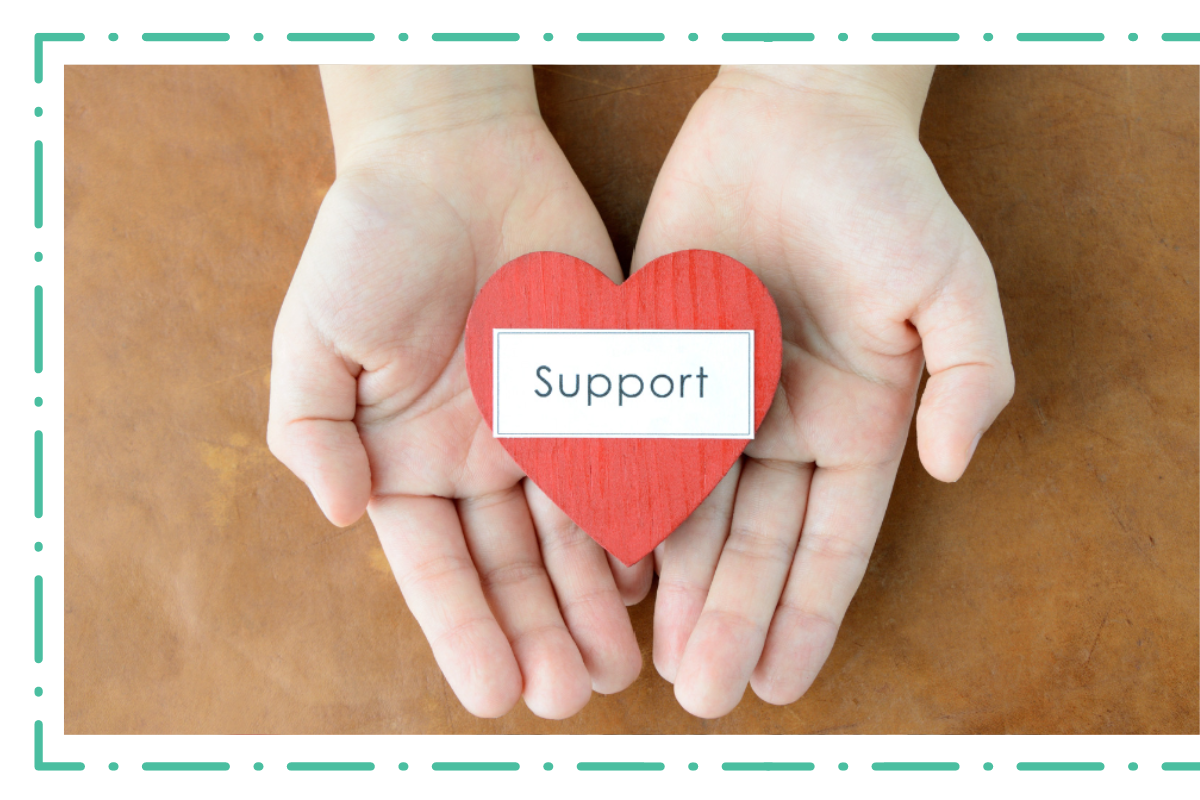When we hear about harm reduction approach, the first thing that comes to mind is substance use and addictions. Harm reduction is more than that, it is a way of thinking translated into practice in our everyday life. For example: putting a helmet on when we ride a bicycle, putting on our seatbelts in the car, and even washing our hands are all harm reduction measures that we do in our daily routine. So, by definition, harm reduction is an approach that aims to reduce the risk and harm associated with an action.

As we apply this approach to substance use, it is important to note that harm reduction does not encourage substance use, instead, it is an effective client-centered approach that offers a wide range of treatment options. This will equip individuals, who are struggling with substance use, with the proper tools to make an informed decision about their treatment plan; while also reducing the harms, through overdose prevention sites.
In addition to supervised injections, harm reduction, also, addresses the underlying issues and the structural factors that users encounter. A lot of the services that are provided through the harm reduction lens include housing, income, medical and counseling supports.
Many studies have demonstrated the effectiveness of harm reduction in reducing health risks and increasing users’ access to substance-related supports. Service providers taking this approach are non-judgmental, non-coercive, and respectful towards users’ autonomy. Due to the human nature of harm reduction, users feel safe and empowered to take action and choose treatments, medications, and health behaviors that best fit their needs.
Resources:
Gaetz, S. (2016, March 17). Why is the harm reduction model so important? Why is the harm reduction model so important? | The Homeless Hub. Retrieved from https://www.homelesshub.ca/blog/why-harm-reduction-model-so-important
Mental health. CMHA Ontario. (n.d.). Retrieved December 13, 2022, from https://ontario.cmha.ca/harm-reduction/
Written by:

Joan Yacoub
Published By:





